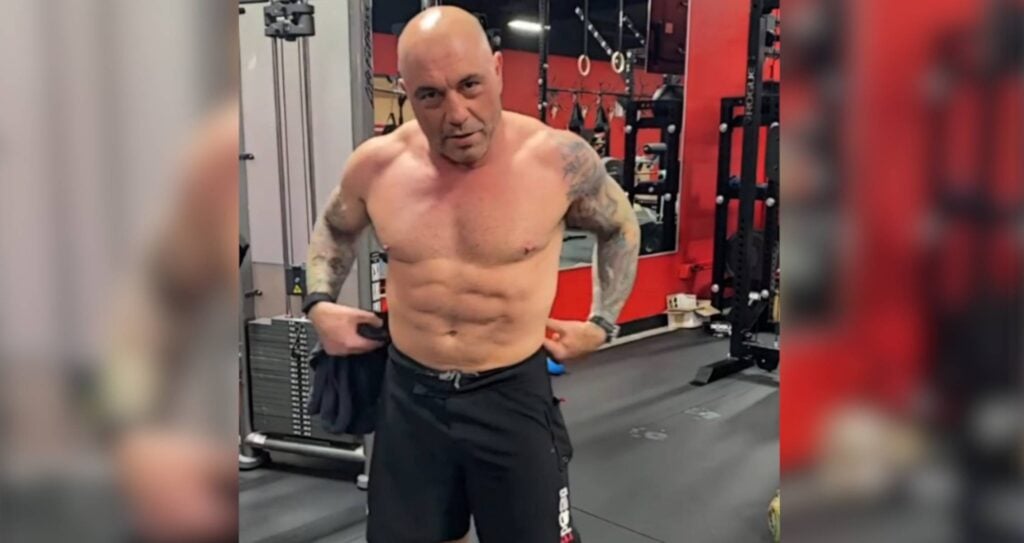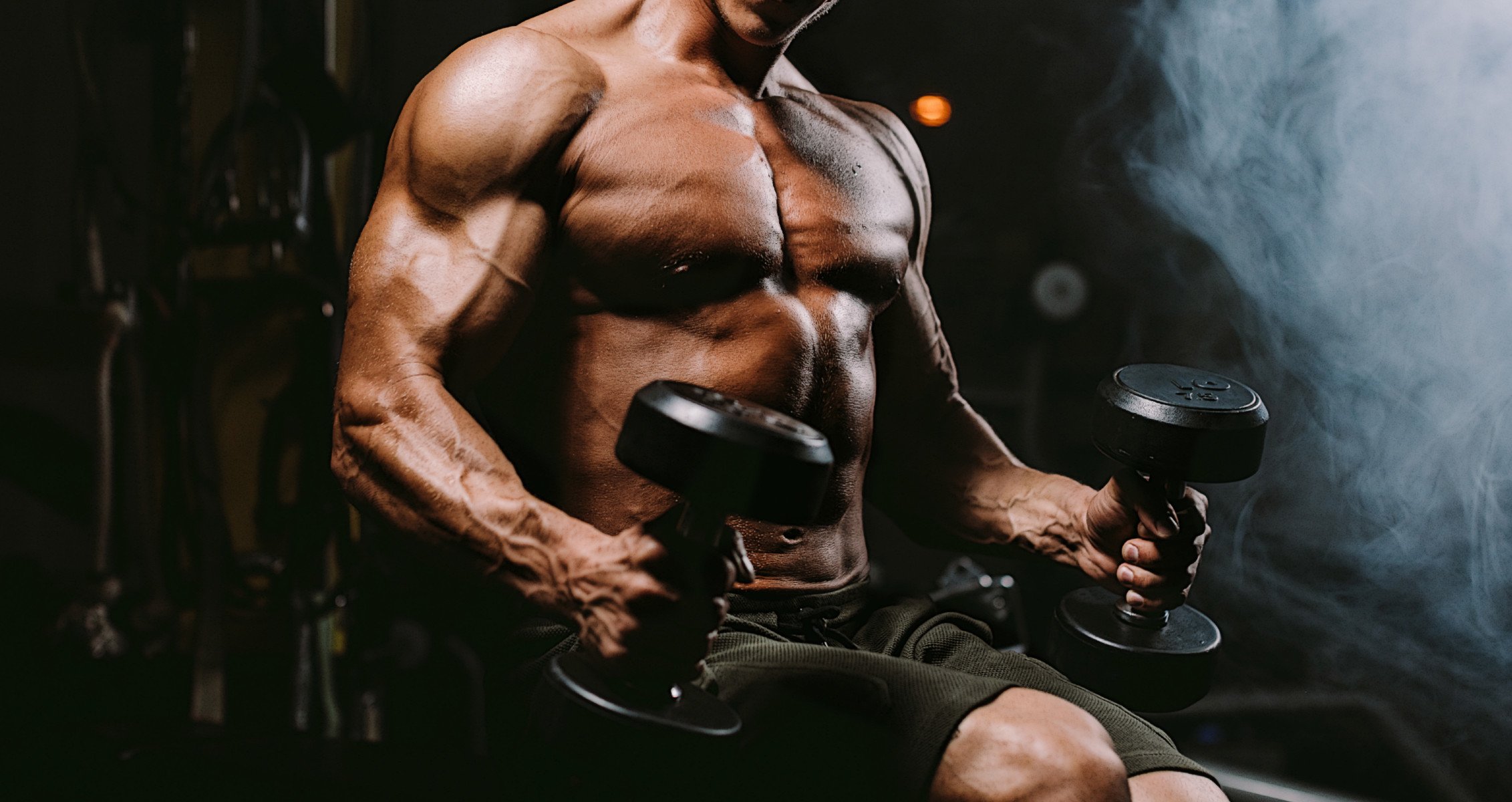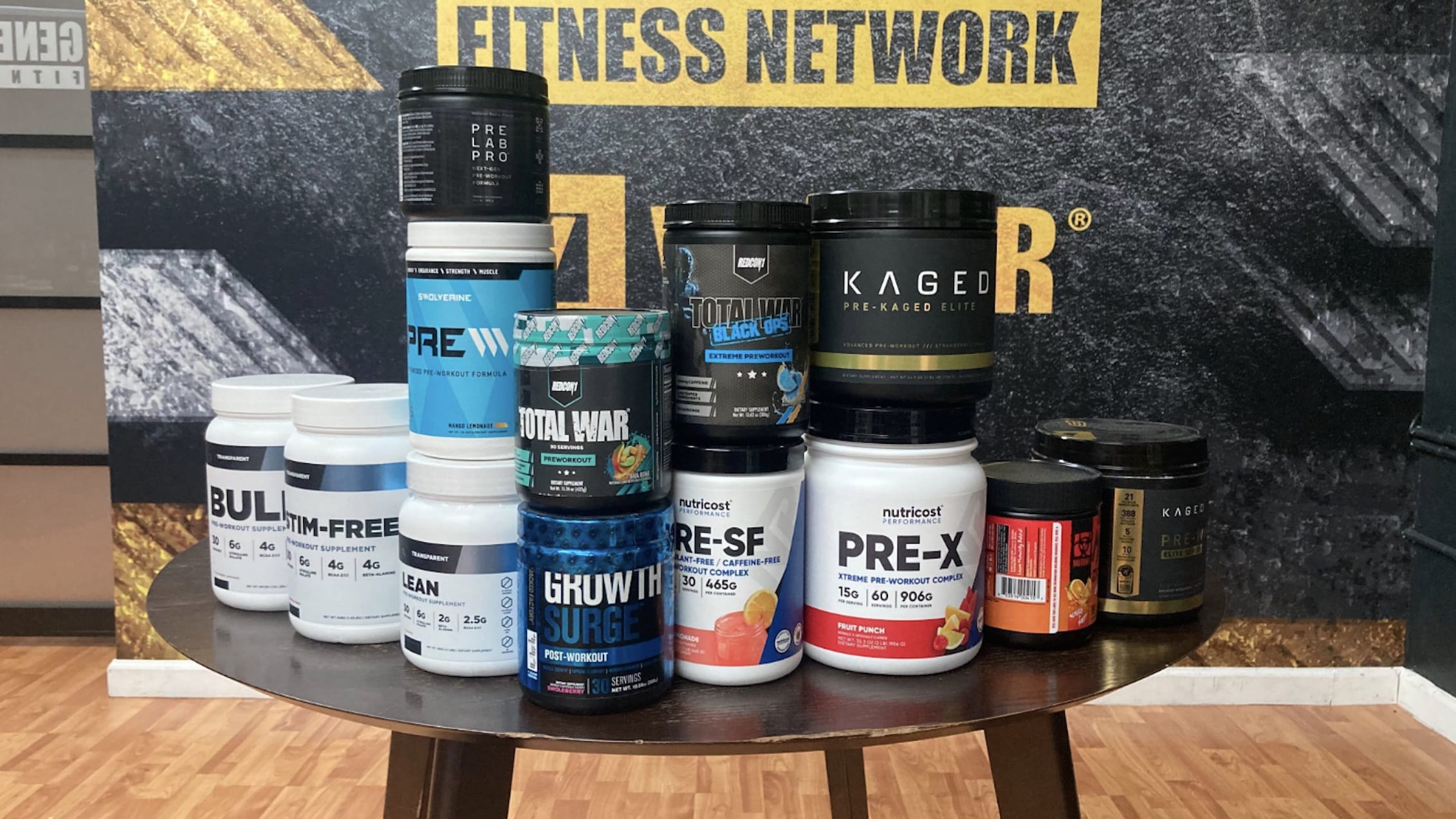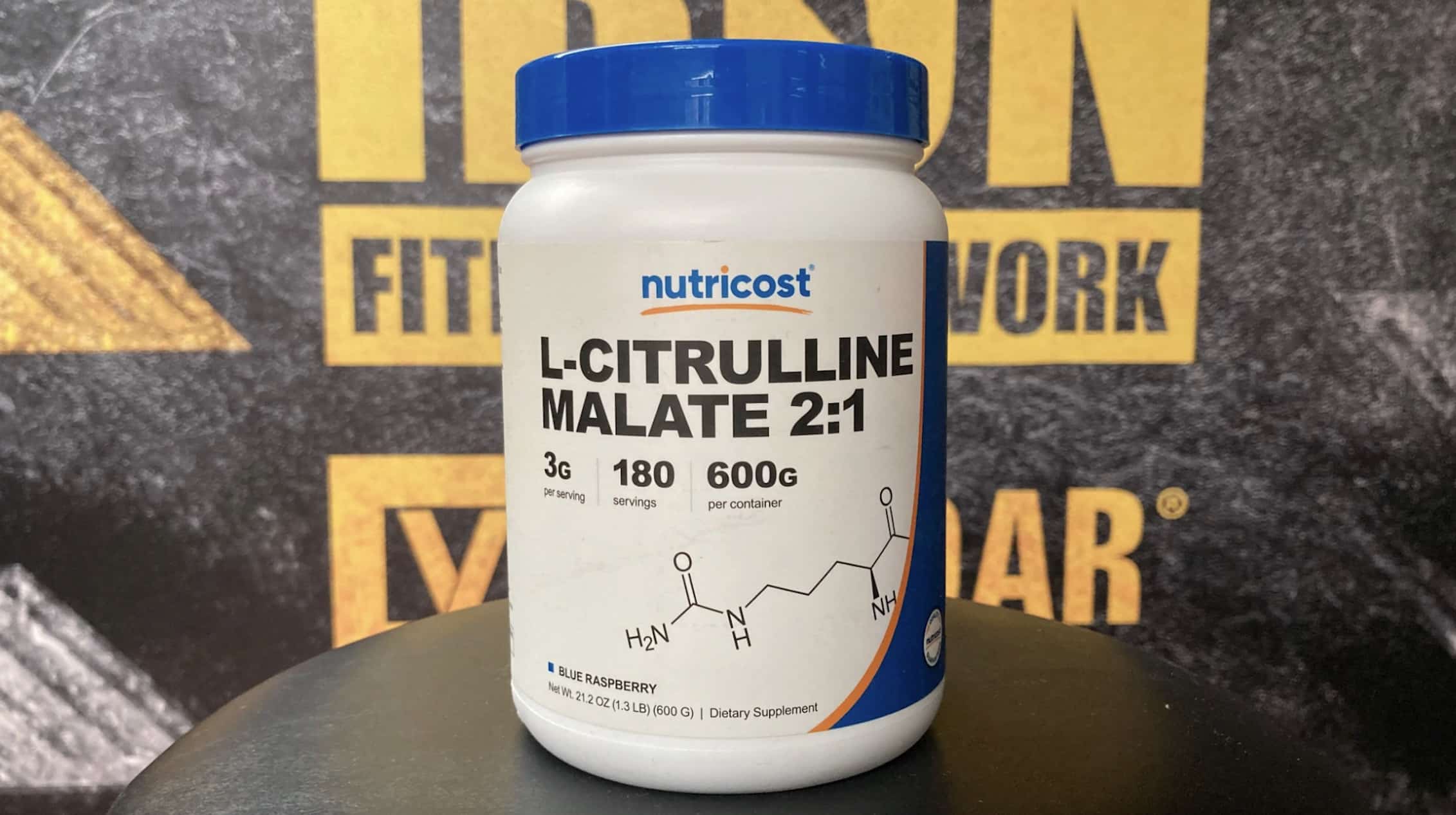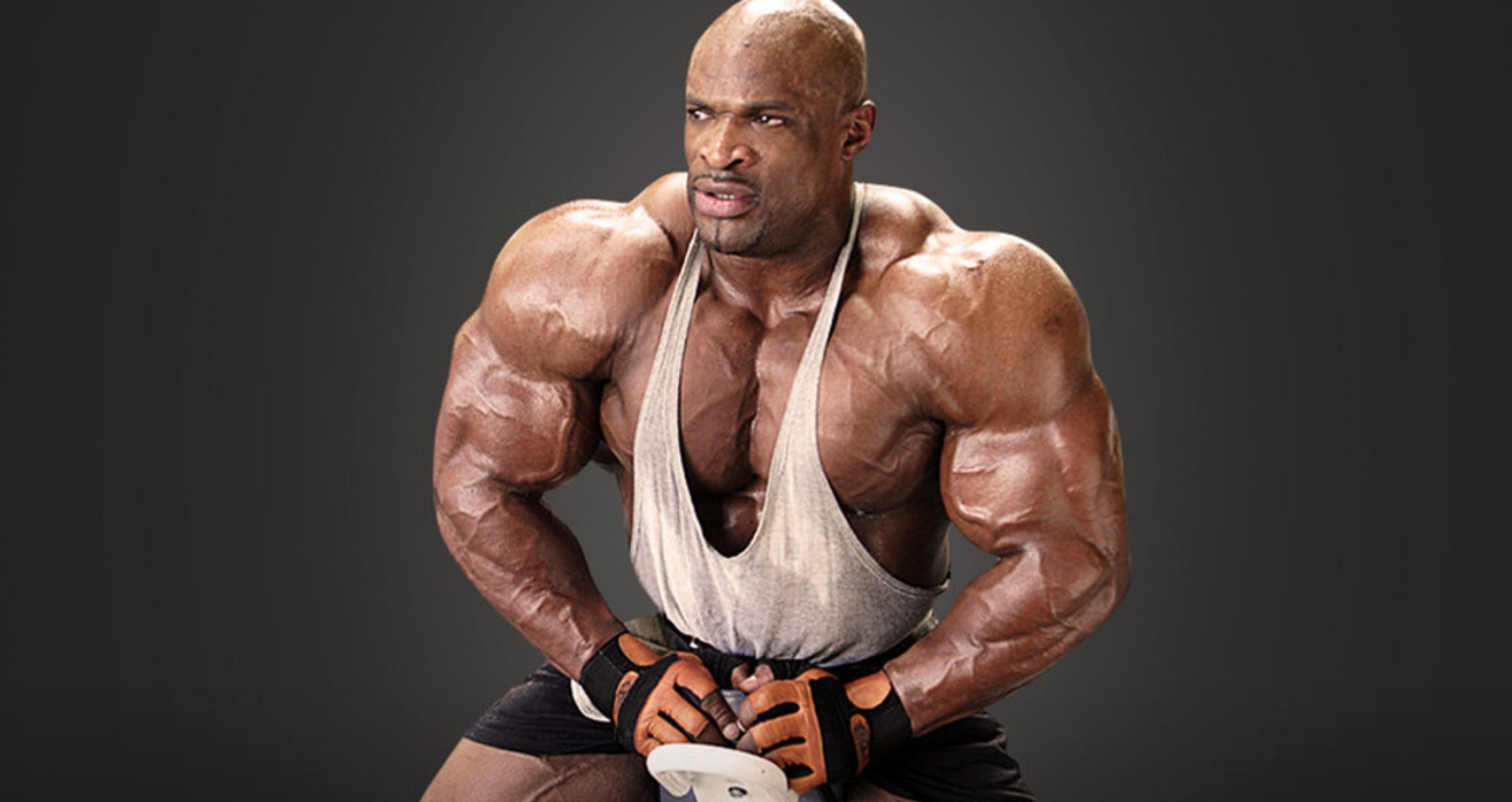Joe Rogan is an advocate of the carnivore diet and cold therapy.
Joe Rogan is a prominent American podcaster renowned for hosting one of the largest platforms in the world. In addition to his podcasting success, he’s a UFC commentator, comedian, actor, and former television host. While he’s well-known for sharing controversial opinions, particularly on political matters, Rogan is also an ardent advocate for health and fitness, frequently discussing these topics on his podcast, The Joe Rogan Experience.
Before achieving fame, Rogan began his career in stand-up comedy and later showcased his acting talents on screen. In 1997, he secured a position as a UFC interviewer and color commentator, and he gained further recognition as the host of the popular TV show game Fear Factor, which aired from 2001 to 2006. Eventually, he shifted his focus back to stand-up comedy and launched his podcast in 2009, which has since become one of the most popular worldwide.
Rogan’s early years were steeped in sports, fostering his passion for baseball, martial arts, kickboxing, and taekwondo. At 19, he won the lightweight category at the US Open Championship taekwondo tournament. He was also a state champion in Massachusetts for four consecutive years and went on to become a taekwondo instructor.
At 56, Joe Rogan maintains an impressive physique, demonstrating that he prioritizes serious fitness training even amidst his business pursuits. How does he manage to stay in shape with such a hectic schedule? This article delves into Joe Rogan’s workout routine and diet tips and offers insights on building a physique like his.
| Full Name: Joe Rogan | ||
| Weight | Height | Date of Birth |
| (86 kg) 190 lbs | (173 cm) 5’8” | 8/11/1967 |
| Profession | Era | Nationality |
| Podcaster, Actor, Media Personality | 1980s (late), 1990s, 2000s, 2010s, 2020s | American |
Joe Rogan’s Workout Approach
View this post on Instagram
Joe Rogan says he likes to schedule his weekly workout routines every Sunday. He does MMA and resistance training and supplements this with cardio and yoga.
“90 minutes of hot yoga does more than workout my body, it purges my mind of stupid thoughts.”
After his intense exercises, Rogan does sauna sessions, cold plunge ice baths, cryotherapy, or other non-conventional recovery methods. A study proves cold water immersion can effectively recover muscle (1).
Joe Rogan’s weightlifting approach is practicing the Pavel Tsatsouline protocol. This involves doing multiple weekly kettlebell workouts (typically 2 to 7). While doing this, Rogan limits his reps to about half his max instead of pushing to a failure. He also states that he generally prefers a high-volume workout routine instead of exercising to failure. To build functional strength, there is a list of free weights Rogan uses:
- Dumbbells
- Kettlebells
- Battle Ropes
- Maces
Joe Rogan incorporates intense cardio into his weekly routine, including running with his dog through Runyon Canyon using a weighted vest or on the treadmill. For his MMA training, he incorporates Brazilian jiu-jitsu and Muay Thai. These activities help improve his range of motion, burn calories, and build muscle and strength.
Joe Rogan’s Workout Routine
Below is a list of how Joe Rogan trains his muscles weekly.
Day 1
| Exercises | Sets | Reps |
|---|---|---|
| Reverse Grip Seated Rows | 4 | 15, 10, 8, 6 (30-second rest between sets) |
| Superset — Dumbbell Pullovers & Pull-Ups | 4 | 10 |
| 4 | 10 | |
| T-bar Rows | 3 | 12, 10, 8 (30-second rest between sets) |
| Behind-Neck Pulldowns | 3 | 12, 10, 8 (30-second rest between sets) |
| Superset — Kettlebell Squats & Cable Pulldowns (60-second rest between supersets) | 3 | To failure |
| 3 | To failure |
Day 2
| Exercises | Sets | Reps |
| Superset — Leg Extensions & Leg Curls (60-seconds rest between supersets) | 4 | 10 |
| 4 | 10 | |
| Walking Dumbbell Lunges | 3 | 10 (30-second rest between sets) |
| Squats | 4 | 15, 12, 10, 8 (30-second rest between sets) |
| Superset — Pistol Squats & Bodyweight Squats (60-second rest between supersets) | 3 | 10 |
| 3 | 10 | |
| Superset — Leg Extensions & Leg Curls (60-seconds rest between supersets) | 3 | To failure |
| 3 | To failure |
Day 3
| Exercise | Sets | Reps |
| Lat Pulldowns | 3 | 15, 12, 10 |
| Deadlifts | 3 | 15, 12, 10 |
| Seated Rows | 3 | 15, 12, 10 |
| Muscle-Ups | 3 | To failure and 60-second rest between sets |
| Cable Flys | 3 | 15, 12, 10 |
| Incline Dumbbell Presses | 3 | 12, 10, 8 |
| Flat Dumbbell Presses | 3 | 12, 10, 8 |
| Superset — Reverse-Grip Decline Smith Machine Bench Presses & Push-Ups (60-seconds rest between supersets) | 3 | To failure |
| 3 | To failure | |
| Pec Dec Flys | 3 | Drop sets to failure |
Joe Rogan’s Nutrition
View this post on Instagram
Rogan likes to keep his meals simple, sticking to a carnivore diet. He avoids processed foods, grains, and refined sugars. His hobby of hunting elk for food reflects his eating habits. Joe Rogan also eats many spicy foods and many vegetables. His food majorly consists of protein with low or trace amounts of carbs.
Joe Rogan also does intermittent fasting as part of his dieting. He believes fasting is effective because it allows the body to absorb essential nutrients from a full meal before moving on to the next meal.
Occasionally, Rogan indulges in cheat meals, eating his favorite linguine dish with clams. This takes his body out of ketosis temporarily, but he’s so disciplined with his body and diet that he can readily return to ketosis shortly. Rogan also takes a lot of supplements, including:
- Probiotics
- Chondroitin
- Alpha Brain
- Fish Oil
- Glucosamine
- MCT Oil
- Creatine
- Omega 3 and 6
- Spirulina and Chlorella
Alongside these supplements, Joe Rogan is also very open about his steroid use. He’s on TRT and has also mentioned using HGH (human growth hormone) and insulin. His doctor prescribes these, and Rogan is under close medical supervision while taking them. Below is his typical daily meal plan:
Meal 1
Meal 2
- Grilled Chicken
- Kale
- Quinoa
Meal 3
- Oatmeal
- Fruits
Meal 4
- Elk Meat
- Jalapenos
- Potatoes
Follow Generation Iron on Instagram, Facebook, and Twitter for more insights into celebrity workouts and diets!
Reference
- Peake, J. M., Roberts, L. A., Figueiredo, V. C., Egner, I., Krog, S., Aas, S. N., Suzuki, K., Markworth, J. F., Coombes, J. S., Cameron-Smith, D., & Raastad, T. (2017). The effects of cold water immersion and active recovery on inflammation and cell stress responses in human skeletal muscle after resistance exercise. The Journal of physiology, 595(3), 695–711. https://doi.org/10.1113/JP272881
